News updates
It seems I’ve fallen a bit behind on updating my news feed. Stand by for multiple updates… sorry if this clogs your feed reader!
It seems I’ve fallen a bit behind on updating my news feed. Stand by for multiple updates… sorry if this clogs your feed reader!
New release by C. Reider
–

–
–
C. Reider – I’d’ve
–
This is a collection of drone work that I think is particularly beautiful. I made this work from about 2000-2003, completing & mastering in ’03. Because I liked it so much, I wanted to release it in a special edition. Plans never worked out so it sat unreleased for over ten years.
–
It’s out now, you can have it for free if you want it. Please listen.
–
http://c-reider.bandcamp.com/album/idve
There is a new release by C. Reider at the excellent netlabel Eg0cide. The album is titled “Distressing”
–

–
–
It is free to download from: http://eg0cide.com/2014/01/18/eg0_107-c-reider-distressing/”
–
–
Eg0cide welcomes well known sound activist C. Reider (founder of Vuzh Music netlabel and experimental band Drone Forest), who sent us a very interesting “process-music” album based on the use of 4 sounds he found irritating. The result of these sound studies will make you discover the hidden musical potential of what most of us usually hate to hear.
–
Description by the artist:
–
This album requires some explanation. “Distressing” is a collection of ‘sound studies’ as Eg0cide label administrator Serge-Antoine would put it… although, to me, ‘sound studies’ describes everything I’ve ever done in music. I would call the sounds presented here ‘process-music’ because the method of arriving at the sounds is systematic and understanding the method is necessary for a full appreciation of the work.
–
The idea for “Distressing” came about from a discussion I was having with an internet acquaintance of mine named Sarinne Fox, who uses the twitter handle @NoiseHelp. She and I were talking about annoying sounds, and my position was that there are no objectively irritating sounds, “noise” is nothing more than a personal judgment about sound. I think there could be something beautiful about any sound.
–
I did not always hold this opinion, and our conversation led me to think about sounds that have irritated me in the past. When I arrived at a few of them, I decided to make a project out of them, to explore the sounds. The four sounds I decided to focus on were 60 cycle mains hum, white noise, dial tone and the piezo beeping of my alarm clock. I listened to recordings of these sounds for a while, and I think perhaps the only bothersome thing about them to me was the initial shock of going from silence to an un-ignorable sound. Once that shock had passed, there was plenty to notice… not so much in the sounds themselves, but in the dynamic act of perception.
–
In thinking about these sounds, and the thematic element of ‘things that annoy’, I decided to apply a technique that annoys me. The use of longform sound stretching, is in (very) common practice in contemporary ambient music, popularized by the computer program Paul’s Extreme Sound Stretch, aka PaulStretch. I think this tool can be very useful, but in my view right now it’s being over-used in an unimaginative way. People seem to simply pile up a minute of sounds, hit the button and Voila! An hour of instant ambient smush. Maybe that’d be interesting if it weren’t so ubiquitous.
–
I don’t actually have the PaulStretch program, but I had previously used the time stretch algorithm in my go-to audio editor Amadeus Pro in another project I did recently that poked fun at the PaulStretch craze. In a collection called “Squeezed”, I found twenty-four longform ambient netlabel releases from various artists that allowed for derivative works in their licensing. I then used the time stretching function in Amadeus Pro to render each of them to under a minute in duration. Twenty four hours became twenty four minutes.
–
For “Distressing” I began with a one minute segment of each base sound and stretched it to an hour in length. Then I took that file and squeezed it back down to a minute in length. Then I repeated that process a few more times. With each stretching and squeezing cycle, the original sound came apart a little more, became porous and lost luster – became distressed. I compare it to the fatigue that occurs when you bend a piece of metal back and forth.
–
What you hear in “Distressing” is a small section of the four sounds – mains hum, white noise, dial tone & alarm beep – followed by an excerpt from the first hour long stretch which segues into an excerpt from the second stretch (where the 1st file was squeezed back to a minute, then stretched back out again), and then an excerpt from the third (where the 2nd file was squeezed and re-stretched). As the track progresses, you hear the original sound decay and change, only to receive a shock when the next sound begins unaffected.
–
The variations in the stretched parts arise from the process. Since the stretching algorithm in my audio editor does not use the spectral smoothing that PaulStretch does, the results are glitchy and not smooth and ambient. As the track plays you can hear the effect the process has on the sound as the more heavily processed iterations fade in.
–
For those interested, a more detailed description of each step is attached below.
–
C. Reider
January 12, 2014
–
Method:
–
One 60 second source file is selected.
The speed is altered to 50% of its original speed, resulting in a file twice its original length.
This same step is done five more times, resulting in a file of a little over an hour in length.
This file is saved as iteration 1.
The speed of this file is altered to 200% of its original speed, resulting in a file half its original length.
That same step is done five more times, resulting in a file of about a minute in length.
That file is altered to 50% of its original speed, resulting in a file twice its original length.
That step is repeated five more times, resulting in a file that’s a little over an hour in length.
This file is saved as iteration 2
The speed of this file is altered to 200% of its original speed, resulting in a file half its original length.
That same step is done five more times, resulting in a file of about a minute in length.
That file is altered to 50% of its original speed, resulting in a file twice its original length.
That step is repeated five more times, resulting in a file that’s a little over an hour in length.
This file is saved as iteration 3
–
Quick math reveals that from start to finish, each of the 4 sounds was processed 30 times to result in the final version, therefore 120 distinct stretching/squeezing operations were done to make this recording.
–
A multitrack program is used to compile the 4 resulting tracks. The original sound plays for a few seconds, then iteration one fades in and plays for 3 or 4 minutes, then iteration 2 plays for a few minutes, and finally iteration 3 for a few minutes. Each iteration fades out as the following one fades in.
–
–
http://eg0cide.com/2014/01/18/eg0_107-c-reider-distressing/”
There are two new releases available at Dystimbria.
–
Dystimbria is a netlabel focusing on music that lies between ambient and noise music. Each new release samples from the previous releases, lending a continuity to the catalog.
–
The newest releases for 2014 are by Katarrhaktes with a track called “The Breath that Conjured the Fall” and Kinematik VKE giving us “Placental Drops From A Gestating Sky”
–
They are both available for downloading and streaming for free at http://dystimbria.cc
I’ve gotten a bit wordy in previous year-end review blog posts, so this time I’m going to keep it a little simpler. The deal is this: I’m going to post five lists of 2013 releases: one each detailing all of the releases of the year on my three netlabels Vuzh Music, Dystimbria and Derivative and then one listing all of my own stuff that was put out on various netlabels this year. I’d be very pleased if you took the time to listen to some of them.
–
After that is the list of my favorite things I found from listening to netlabel music this year. I’ve got 57 titles to recommend this time. I’ll try to write a few descriptive words for each of the things in that list.
–
If you want to look at my previous year-end lists, here’s 2012, 2011, 2010 and 2009.
–
Everything listed below is free to download (with the exception of my cassette release “Hold Music”… it is obtainable by trading or paying)
–
–
–







–

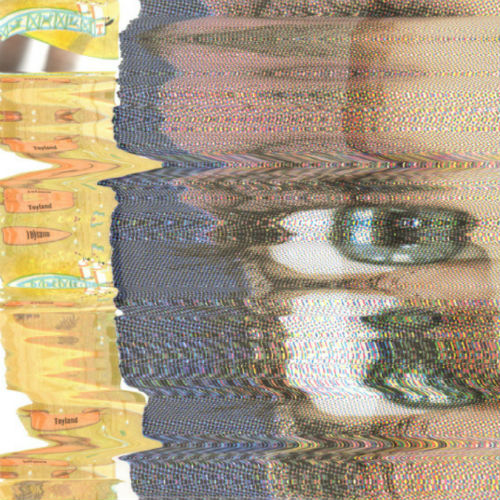

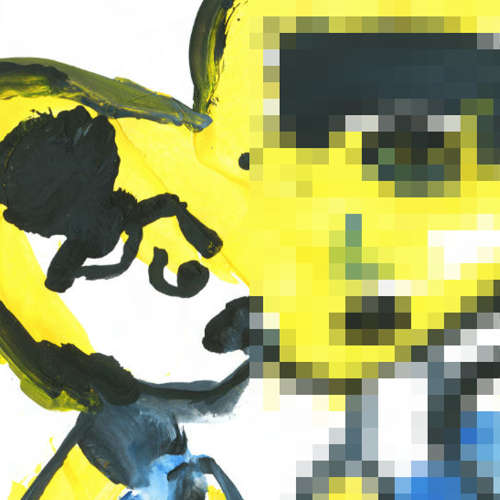
–
–





–
–
Notable Netlabel Music 2013 by Vuzh on Mixcloud
–
–
–

@c – Half-Life, Still Life
Crónica – CC BY SA Derivs allowed!
http://www.cronicaelectronica.org/?p=077
Art music composed for various installations and commissions. Computer collisions of percussion and field recordings.

Dronestuff with various skitterings and scatterings.
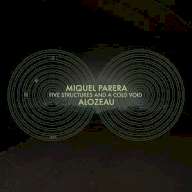
A departure for perennial favorite Miquel Parera. Rhythmic loops and textures and gestures join with the long dronings.
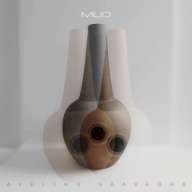

A beautiful collection of explorations using a massive Udu drum run through processing, used in feedback experiments, and simply played with light delay. I like the focus of using a single sound source and finding as many unique sounds & approaches as you can. Really great stuff here.
Slow, overtone-rich improvisation on double-bass.

A pair of improvisatory explorations with everyday objects. Quiet, intimate… a perfect opportunity for attentive listening.

A hushed improvisation using glass, motors & maxMSP.
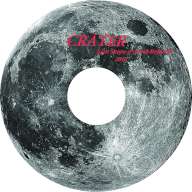
Musique Concrète. Embarrassingly, I had presumed for most of the year that this was a collaboration between two women, due to my American associations with those names, but Bofarull and Saura are men. I guess that has nothing to do with the sound, just a thing.

A confounding collage of processed site recordings and electronic additions. The sounds for this thematic tribute to Switzerland were chosen because the composer felt they were “typically Swiss”.

Pretty cool sounds here, the first track made with objects vibrating due to synth-driven speaker cones, some un-effected sounds and some computer manipulation. The second is made from a turntable motor interacting with other sounding objects.

Opiated loops of what sounds like an extremely distorted guitar with all the high end rolled off. Works for me.


The document of a somewhat incredible project wherein Corringham does site recordings in various places while improvising a vocal performance (mostly extended techniques, and some freeform sung tones) in response to the space and to what she hears. This kind of interaction with environmental sound is thoroughly intriguing to me, especially when done with something so intimate as human voice. I often find myself responding to this album with my own vocalizations, allowing my own surrounding environmental sounds to intermingle while listening, all barriers falling away. This is a captivating recording, I can’t recommend it enough.

Deep electronic drone music. The oscillations and interferences in these long drones kind of turn my brain into half-melted margarine.

Sparse modular synth patterns recalling ’70s works by TanDream, Mother Mallard, Ashra, or perhaps more appropriately, recalling the synth revivalism of bands like Forma. One track title name-checks Vangelis. I’m suspicious of myself for liking this, wondering if it stems from a nostalgic bent, but I do like it, so I guess that’s that.

Minimal rumbles & high pitched pings for 15 minutes. Toward the end of it, there’s some kind of squishy sounds

Noisy modular synth music. Sounds like at any minute it might go blasto.

This album is by an artist named Eve Thacker, who died in January of this year. Earthrid re-released this 2004 album as a free download in memory of her. Synthy percussives & not-quite melodies. The album kinda goes back & forth between dark-ish, moody constructions and then beepy, boopy tone-loops that tumble around in a lopsided groove. Circa-1985 this might have been called “industrial music” (Trent Reznor hadn’t yet hit puberty, so lunk-headed rock music wasn’t de rigeur in that most debased of genres). The album could’ve done with some editing, most tracks have a charming “unfinished” quality about them, but some tracks ~really~ sound unfinished. Even so, I’ve enjoyed listening to it.

Three improvisors in a state of near suspended animation; this is exceptionally restrained. At times all you hear is the sound of the performers listening.
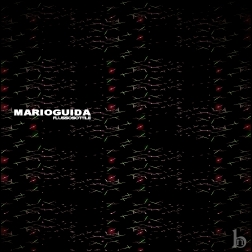
Ringing resonances and jittery granulations.
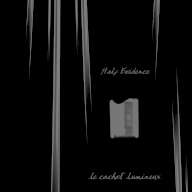
A half-an-hour-long piece of gently droned & plucked & scraped stringed instruments.

Love that album title. This is big collection of fun, weird, little proto-techno rhythm studies. Could’ve done with a bit of editorial trimming, but yeah.

Anthony’s work in recent years seems to have made a turn into explicitly melancholy territory, this one is just about as sad as you can get. He takes inspiration from having known a young transient girl who was murdered by a drifting psychopath, apparently. All the normal elements are here for a work by IO, liberal sampling from musical & TV sources make up just about everything you hear.

From a very quiet start, it builds into a sprawling swampscape of insects & amphibian buzzes & burbles.

A lo-fi loop of some faux-primitive drumming backed with some vinyl crackle develops as droning synth & guitar enter the mix. Effectively the synth/guitar drone feels like a coda, but it lasts for most of the duration of the 45 minute long piece.


Kannenberg’s project of doing site recording at museums around the world is further documented here, with a series of four minute, thirty-three second long excerpts, his “secret performances” of John Cage’s well known composition.

Synth-based space music from this old comrade.

A great goulash of sound, everything is thrown into the pot… toy instrument noodling, spacey organs, field recordings, snippets of Russian folk-pop, just sorta whatever. This kind of thing could end up being an overcooked mush, but all the flavors blend together pretty well. I’m hungry now, stupid metaphor.

I guess that ice cream trucks’ music is generated by little electronic devices, and I guess this guy got a bunch of them and circuit bent them. Very brief, sweet little blast of spasming circuitry.

A collection of brief, pretty, modally interrelated guitar loops with all the rough edges sanded off. I could see these used to good effect as soundtrack music for some moody independent film.

Ambient compositions with enough variety of mood & tone to keep my interest.


This one really knocked my head around. It fakes you out by setting up an expectation of one thing with it’s almost trad-jazz sounding intro, but then the sound of the piano, drums & standup bass dissolve away, leaving twitching effected remnants. The instrumentation doesn’t actually change much throughout, but due to effects and extended techniques they aren’t so recognizable. A touchstone for what is up here might be a band like Supersilent, but that band’s approach (from what I’ve heard of it) is kind of a saturated, claustrophobic, heavy hallucinatory trip, whereas Marsh & May have a softer touch, exploring an airy, wide-open-spaces surrealism. This is a total pleasure to listen to.

Birds and languid keyboard playing. Simple & clean. Short enough that it leaves you wanting more.

As per the normal with the Impulsive Habitat netlabel, this is based on field recordings. There may be some electronic post-processing, it’s really hard to say for sure. There’s very little to give context to the sounds, they just exist as something to listen to. Good album title, nice work.

Look, it says “Christopher McFall” on the cover, so you need to get it. High quality, as usual.

A brief little chaotic abstracted sound blast. Both of these artists have worked with speaking voice quite a bit, so definitely expect some of that. Wait, nevermind, expect nothing… that’ll serve you better.


Clangor! A bunch of improvisations with two prepared guitars. I love it.

I try out a fair bit of minimal techno from netlabels, but it’s rarely very satisfying. A bit too much corn syrup & artificial coloring. This one is not a barn-burner or anything but I did enjoy it, as it seems to take its cues from Ryoji Ikeda rather than Tipper.

Boy, I really hate that album title. Doesn’t matter though, these are very satisfying, pulsing drones.

Thomas Park’s scaled back his normally gargantuan efforts for the last year or so, but he still put out a good few records this year. This one evokes the relentless plodding forward of tires on pavement and the descending, doppler-shifting moan of semi-tractor-trailor trucks passing heavily with a resigned momentum.
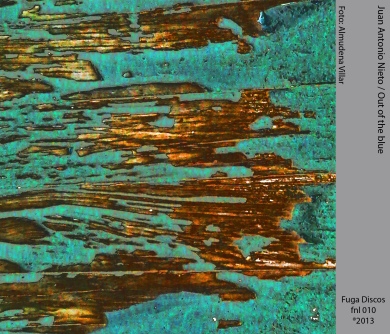
Very miminal ambient stuff.
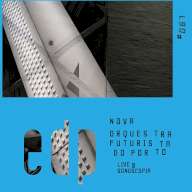
Meant to mark the centenary of Luigi Russolo’s “Art of Noises” manifesto, this sounds like several performers with rattling, scraping, ratcheting metallic constructions (turns out they have a couple of intonarumori!) and some laptop manipulation (always hard to say with certainty what’s pre-recorded & what’s performed with this kind of thing). Portugal, Spain & Catalonia seem to be the places to be for contemporary musique concrete music, if I could, I’d consider a sound-tourism vacation.
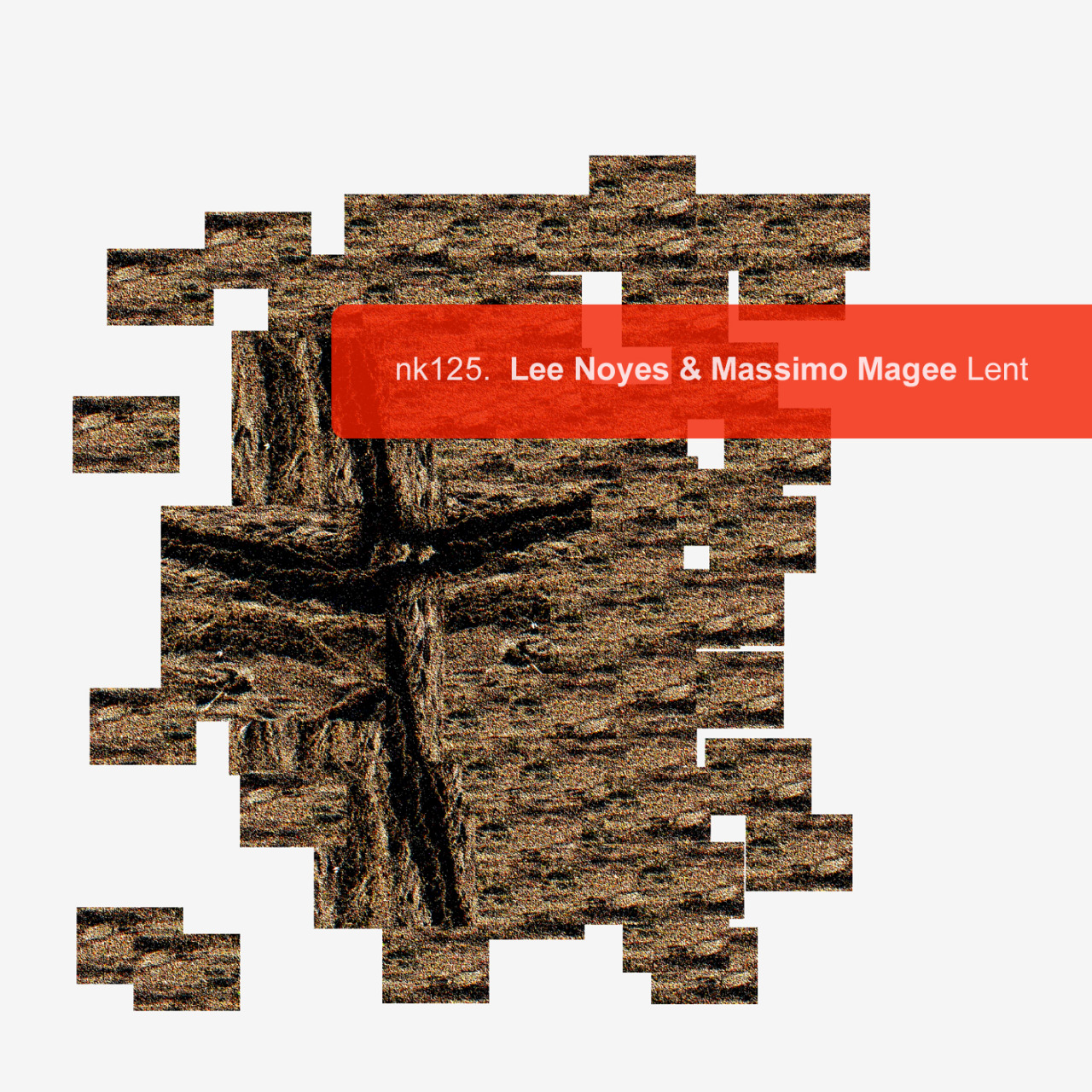
I was really on an improvised music kick this year wasn’t I? This one has a lot of feedback, homebrew synthesis and piezo roughness. Nowaki doesn’t really allow a direct link to the album, so you’ll need to scroll down to find this album in their catalog.
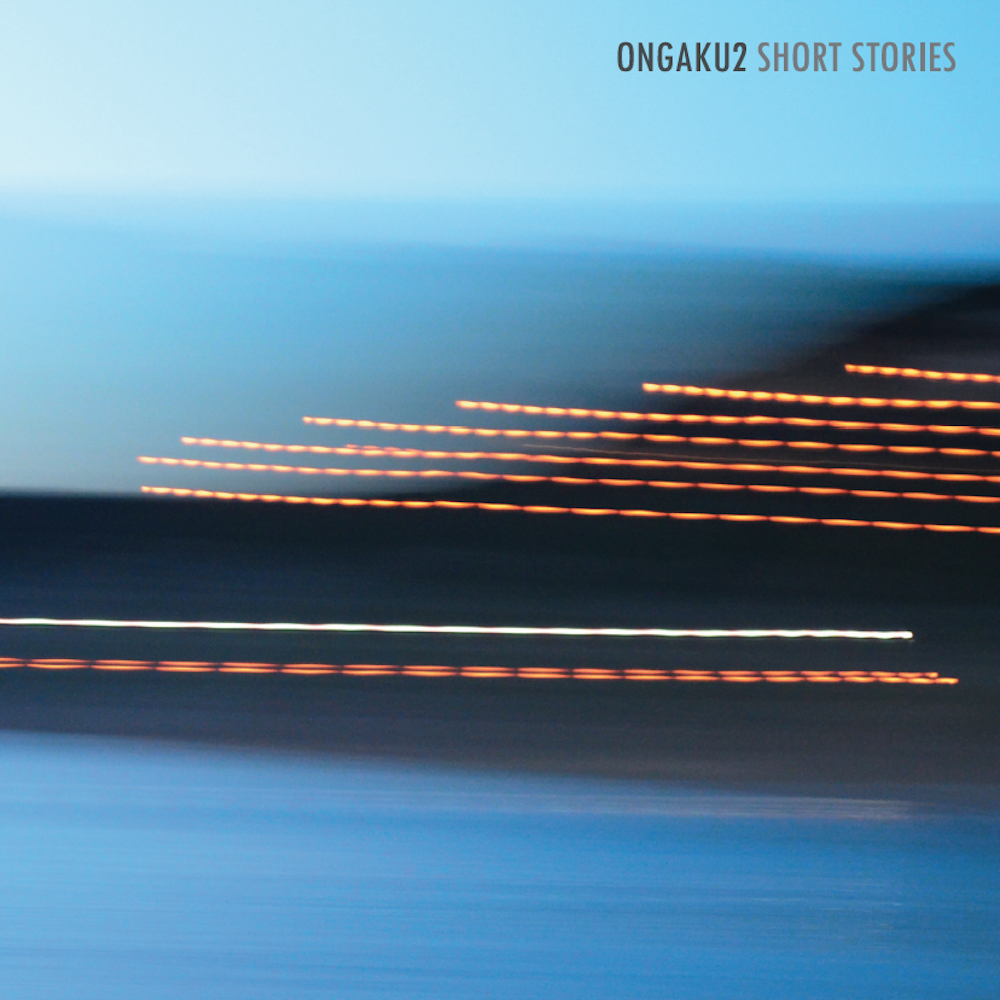
A bit of a snarky group name, right? Do they intend to be the sequel to Group Ongaku? First song sounds like a guitar & sax doing contemporary improvisation, that’s followed by a more tuneful piece with metal bowls and cello. It’s a bit of a back and forth between abstract approaches and tastefully restrained tunefulness. Instrumentation seems to change from track to track, always in pairs, so I’m presume there are two performers doing all this. Dunno, I really like it.


A couple of piano based compositions and a couple of voice pieces. Really lovely. That first song seals the deal.

Frantic sound collages. I love this kind of stuff and it doesn’t seem like many people are doing it anymore. I know OBA is or was based in Boulder, and I think I read somewhere that she/he(?) is a poet primarily.

It’s a piano with one hell of a sustain pedal.


Gobsmacking noise-ambient composition. I’ve only just started to listen to this one very recently, but it’s damned good.

A collage of sounds derived from liberally licensed CC files taken from freesound.org. It coheres stupendously well.
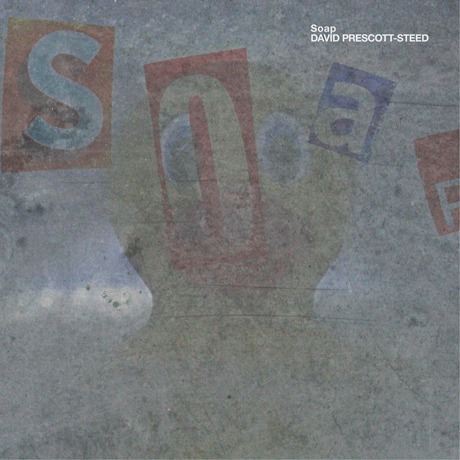

A field recording of some mysterious machinery taken by mic’ing under a big iron door. Later on he found out that the place was a soap factory. From the liner notes: “Only later did a friend explain that what I’d found so aesthetically pleasing had likely been the sounds of grinding animal bones and bits. At this point, the alluring became the abject and I started to think about the ethics of listening.” For some reason these sounds are really alluring and hypnotizing, as ugly and grinding as they are. Now that I’m thinking about it, it kind of reminds me of that incredible noise piece “Das Schaben” on Einstürzende Neubauten’s “Halber Mensch” album that fucking re-aligned my head when I was sixteen.
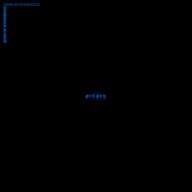
This guy just makes the most lush, vaporous drones.

A couple of things I’ve been into lately is tones that are on the edge of perception… very high frequencies and very low ones. I am quite interested in how we listen to these tones, and the strange effect they have on the physical structures of the ear. I worked with these frequencies in my own “Edge and Artifact” from this year. This live performance (I’m guessing laptop) uses the same kinds of tones. Very little information that’s not at the edges of our hearing range.
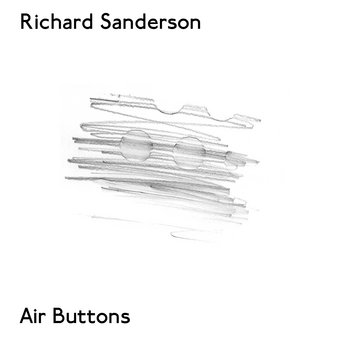

This album only released this month, but I have no problem recommending it as one of the best of the year. The sound source is melodeon, and Sanderson takes us through many different techniques of either electronically mangling the sounds or leaving them raw.


Since I found out about him last year, Schemawound has put out a string of consistently good work. Subterranean Tide’s admirable Haiku project (wherein artists choose a haiku and make three tracks, one for each of the verses) has him contribute a calm, creepy set paired with a haiku about a gnawing larva. Terraform Mars is a set of rhythmic tracks with an industrial tinge. Schemawound has a painterly approach, taking the “soundscape” term literally by evoking landscapes with sound. Makes me curious if I’d think differently about these two pieces if they had different song titles.

Studies in gesture and resonance.

A very tiny collection of improvisations with Tkacz using scraping, squeeking materials and Chang vocalizing primarily with extended techniques and using a looper to double her voice with a slight delay. I really liked this… and it’s so brief that I kind of wish there were more.

From a very, very quiet, long fade in (it’s over five minutes before I can hear anything at all at a low-medium volume) these three improvisors build a thematically centered ambient moodscape. Instrumentation is guitar, laptop(s), microtonal modular synth and there may be sundry other soundmakers. Events seem to drift around each other while still hanging suspended, like a gently oscillating mobile. “In a Silent Way” is a possible touchstone, but what this more explicitly reminds me of is the ambient work of David Sylvian such as “Approaching Silence” and his collaboration with Holger Czukay “Plight and Premonition”. Like Sylvian’s work, this one veers dangerously close to feeling just slightly too precious, (sans the high-polish, there’s enough roughness in the mix here for me, (and after all, I do like those Sylvian things)).
Now available on Vuzh Music:
–
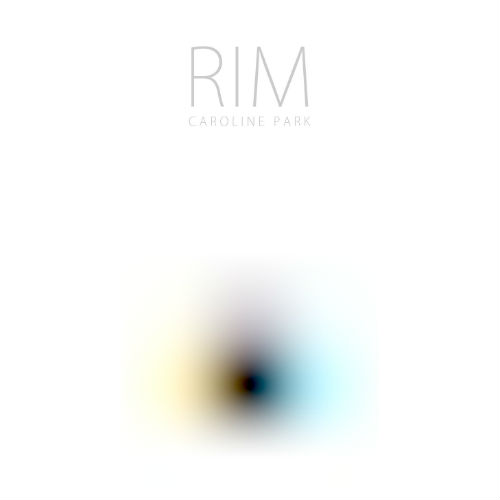
–
–
Caroline Park’s “RIM” is a free download.
–
http://vuzhmusic.com/releases/rim.html
There was a review of Miquel Parera’s “MUME Selections” posted at the Albert Trapezoid blog:
http://albertetrapezoid.com/netlabel_fishing/
–
Here’s what they had to say:
I find both the sound of and concept behind this release to be pretty intriguing. Also described as “Automatic Music for Musical Metacreation Weekend,” Miquel created these four pieces as part of the 2nd International Workshop on Musical Metacreation (or MUME2013).
–
Let’s start with discussing “musical metacreation.” A simple description is that it’s a creative activity where people develop software that autonomously generates compositions. The machine, if you will, is endowed with creative behaviors and produces original sound. As you can likely gather, this whole endeavor involves the overlap of many fields including art, science, technology and philosophy. (You can find out more about this world at the metacreation.net website.)
–
I’ve heard of musical metacreation being done in different contexts and with various styles of music; some attempt to adapt the style of certain artists, while others attempt to strip away the ego of the creator. In this case, Miquel worked on the software and “MUME Selections” is the result. In comments on the Vuzh site, he says: “Contrary to what we had expected, stylistic coherence has emerged (or so I think). When I try to reach the ultimate motivation to make noise, I realize that this is a sort of challenge: to what extent I am able to eliminate me myself. It may seem simple, but it is very difficult…”
–
So what of the end result presented in “MUME Selections?” Overall let’s say it’s ideal for fans of more abstract electronic music. You’ll hear lots of buzzes, glitches, drones and pops – electricity! I’d recommend listening with headphones. The titles for each piece are somewhat generic and functional (“nxMUME01,” “nxMUME02,” etc.) and provide no clues. As Miquel did, perhaps it’s best for the listener to try to put aside his or her own self and accept the sound on its own terms.
–
Vuzh Music was started in 1990 by C. Reider to distribute his own music to the underground home-taping network. It has evolved to its present manifestation where it continues as a distribution point for projects by C. Reider, but it also re-releases select work from the cassette underground and new music by other artists. Click around the site; there is lots of compelling stuff to be found.
– See more at: http://albertetrapezoid.com/netlabel_fishing/#sthash.Oc4vVzEO.dpuf
I have a new recording out on the Impulsive Habitat netlabel. It’s titled “Oído con plomo”, and is a collage of site recordings made at the pewter casting shop where I have worked for a very long time.
–
It can be streamed or downloaded here:
http://impulsivehabitat.com/releases/ihab081.htm
–
–
–
EVEN COOLER:
A short essay written by Marc Weidenbaum about my new recording “Oído con plomo” was published at the Disquiet website.
–
Read it here:
http://disquiet.com/2013/11/29/the-sound-of-melting-pewter/
A new release at Vuzh Music from Schemawound.
–
A noisy, bracing set of improvisations with a looper.
–

–
Get it for free here:
http://www.vuzhmusic.com/releases/occupy.html
The newest episode of Robert Nunnally’s Graham Wafercast, a podcast about music and sharing culture, features a long monologue by me. The format of the show is that Robert gives the artist questions which serve as prompts and the interviewee responds without interruption. I delivered a somewhat long and rambling history of my early years with music and networking… perhaps you will find it interesting.
–
Listen here:
http://www.mixcloud.com/gurdonark/graham-wafercast-episode-7-c-reider-interview-hosted-by-robert-nunnally-gurdonark/
–
Graham Wafercast Episode 7, C. Reider Interview, hosted by Robert Nunnally (gurdonark)